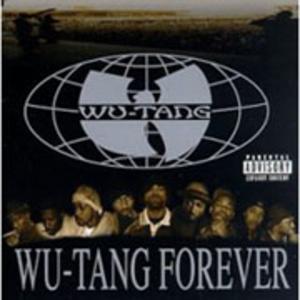Dante’s Inferno brings to light sin and just punishment, and with that, the view Dante himself has for the world and the sins that go on in it. As Dante-the-Pilgrim ventures down into Hell, he visits one sin and corresponding punishment after another. The levels of hell or punishments that stand out in the fact that they portray specific world views that Dante may have held and/or conveyed in his poem are the Vestibule-The Indecisive and Circle One-Limbo for those who are the unbaptised and the virtuous pagans. Dante also uses certain structures and ironies within his description of Hell such as the eagerness of those awaiting punishment and the specific names of the sections in Lower Hell. These aspects of the poem combined with what is known about Dante’s true-life adversaries and history, show his perspective on life, sin, and just punishment.
The first level of Hell that Dante enters is the Vestibule. This is the “foyer” to Hell where the indecisive of both humans and angels are held. Neither Heaven nor Hell wants them because they chose no side in life and so are not accepted by either side in death. The sinners here are punished by never truly being able to die, living on in blindness, and crying out their anguish in the dark, for the world will not remember them and the powers in Heaven and Hell will not acknowledge them (89-91). Dante represents the punishment of the indecisive souls in a way that makes it seem to be a punishment that is a bit extreme. This could lead one to believe that Dante knew a good many people like this; they only appear to choose a side, but the moment the person’s own prospects are in danger from the side they are on, they switch. They are on no side but their own. Dante obviously detested these kinds of people and believed their punishment should be greater than what the average person of their time would rationalize it down to.
When Dante-the-Pilgrim first sees the mass of people standing by the shore of the river that divides the Vestibule from the inner circles of Hell, he notices that they are eager for the boat to come and take them to their punishment rather than trying to escape as Dante seemed to have expected. But even more than a want to escape, I believe Dante expected there to be at least some sorrow or anxiety, but instead he finds eagerness and impatience. He does find anxiety, but it is an anxiety in having to wait for their punishment, not dreading it (91-93). In this, it could be believed that Dante is using irony to send a message to those he knows and knows of that pursue sin and selfish endeavors, and that he is also reinforcing the justice of God that permeates his entire Comedy. This irony of eagerly wanting one’s punishment as one eagerly pursued one’s selfish sins in life is a “slap in the face” to everyone of Dante’s contemporaries that act in that manner.
The first circle of Hell is that of Limbo. This is where the “unbaptised and the virtuous pagans” are sent; because of the justness of God they cannot go to heaven since they have not been baptized or have never known Christ, and so must be placed in Hell. But their punishments are almost nonexistent. The only sorrow they have is that they must live on without hope of reaching Paradise. This is also the circle that the Greek poets, whom Dante looked up to, live in (97-102). It seems that if Dante could have had his way, the men and women of intellect that live in this circle would have gone to paradise, but his religion tells him otherwise, so he makes the best from it, and, many would say, that Dante meshes his liking for these figures and his respect for the laws of his religion well with their punishment. Dante-the-Poet and Dante-the-Pilgrim both revere the figures that dwell within the castle in Limbo, and through his praise of them, despite their apparent damnation, one could infer that Dante as himself viewed these personages as more deserving of Paradise than others. His reverence is also reflected in his choice of the poet that is his guide and teacher throughout the Inferno, Virgil. Also, his entire style of writing could be seen as a tribute to those long-ago poets of the ancient world.In canto eighteen, there is a diagram of Lower Hell. Levels one through ten, excepting sorcerers, seem to describe Dante’s contemporaries and the evils he sees in Florentine during his age (232). And in canto twenty four Dante-the-Pilgrim and Virgil find the shade of Vanni Fucci, and this shade even makes a prophecy about Florence and the strife that will be coming to it (288-293). One could say that Dante-the-Poet’s entire work was directed at Florence and the evils that inhabited it. Those in Florence that exiled Dante can be seen as main targets of Inferno, but really Dante’s work had spread beyond that to all of Florence and all of Italy and all the other places that were filled with the same attitudes as those were. Inferno is Dante’s “world view,” and though Inferno may have been aimed at or written for those in Florence, it has come to be a criticism of all human evils.


